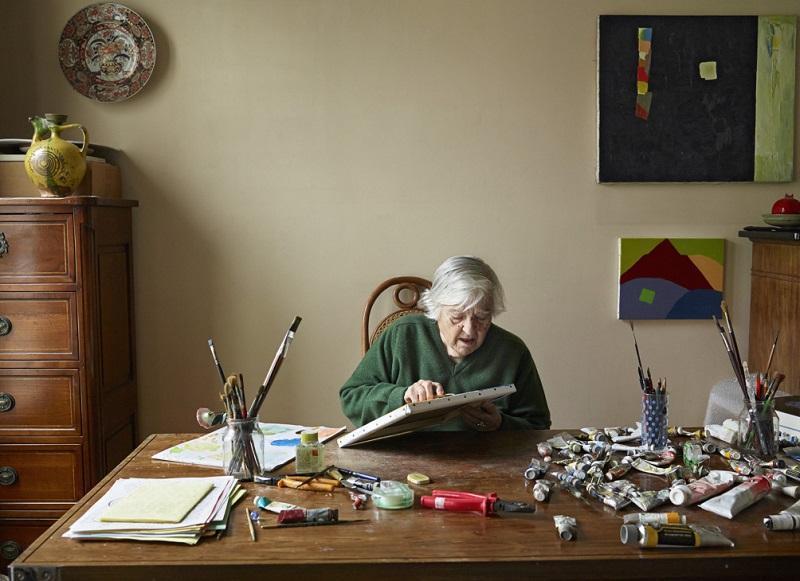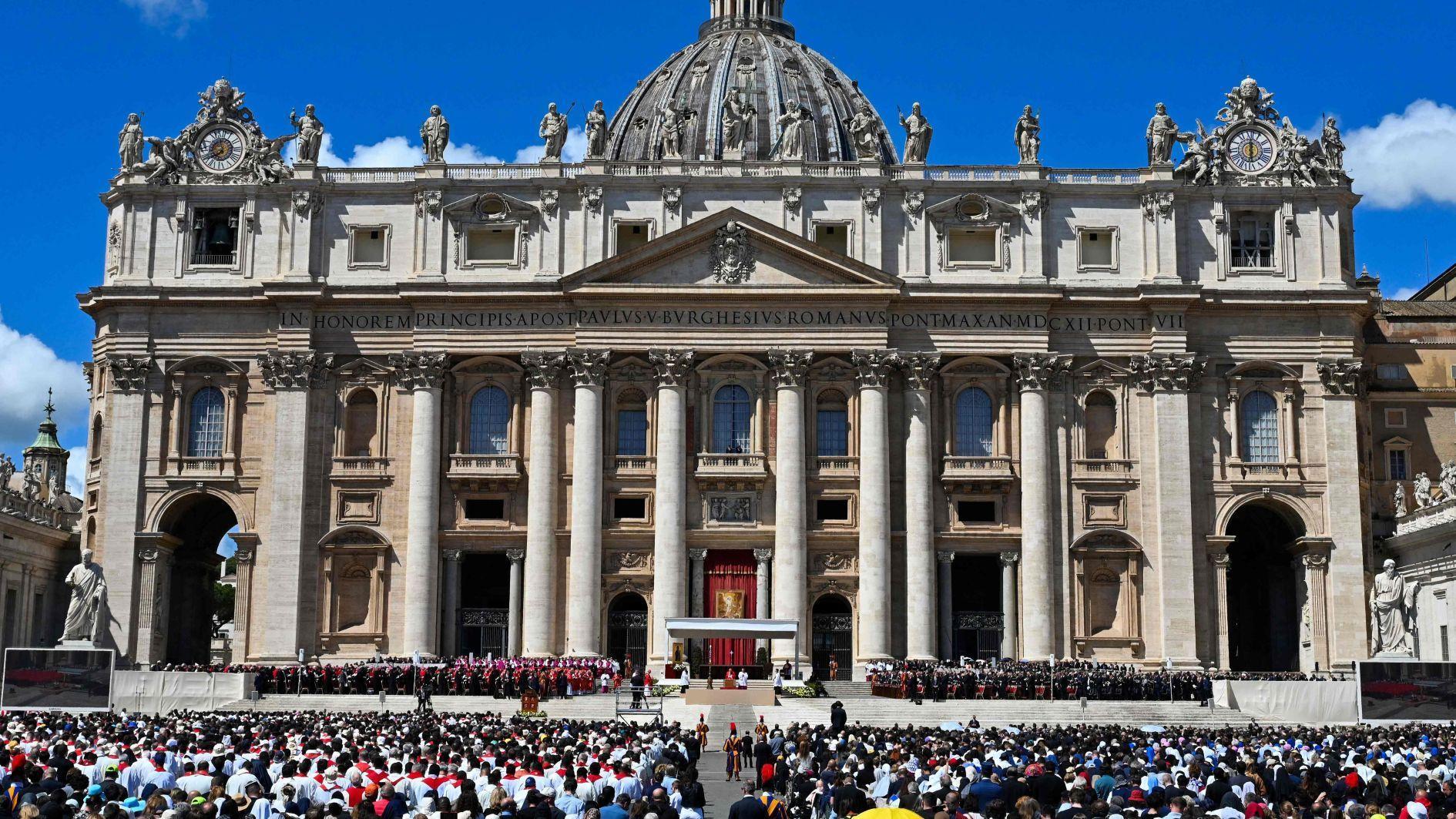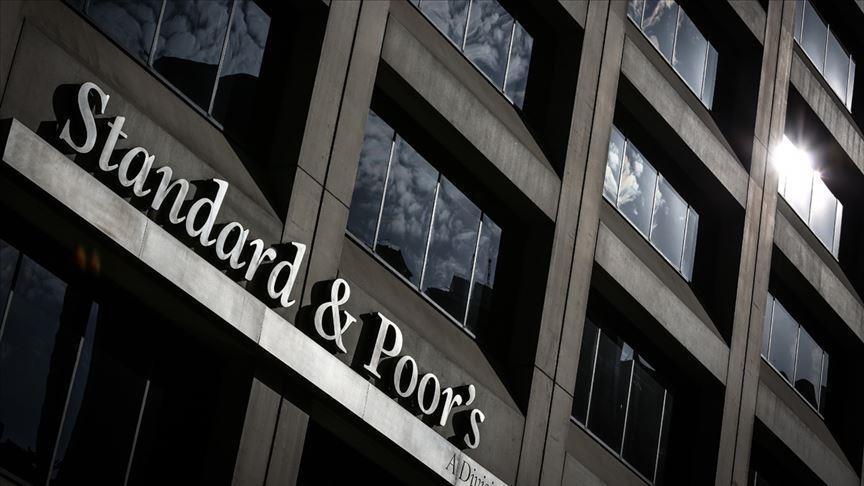‘Impossible Homecoming’ exhibition by Etel Adnan at Pera
ISTANBUL

Suna and İnan Kıraç Foundation Pera Museum presents the exhibition “Etel Adnan: Impossible Homecoming,” which brings together 60 years of work by the artist and poet Etel Adnan, whose life spanned nearly a century.
Curated by Serhan Ada and Simone Fattal, the exhibition reflects the rich identity of Adnan who was born in Beirut in 1925 to a multilingual, multi-faith, and multi-cultural family and region. Never indifferent to the wars and political-social upheavals that beset her life, the artist uses writing and painting to create her works.
The retrospective exhibition includes oil paintings, drawings, prints, ceramics, carpets, leporellos, and a film by the artist who “has mastered more than one medium.”
Visitors can also listen to recorded interviews made with the artist at various points in her life. Adnan opens up a rich area of discovery and interpretation for the audience with her seasons, landscapes, signs, imaginary planets and satellites in the sky, and impressive energy.
The daughter of a Smyrian Greek mother and an Ottoman officer born in Damascus, both of whom were isolated from their congregations because of their marriage, Adnan has produced works that bear the traces of her roots.
Co-curator of the exhibition “Impossible Homecoming” Ada points out that Adnan’s identity has been shaped by migration, exile, and asylum and states that the exhibition is prepared with a holistic approach towards Adnan’s work.
The curator says, “Although we don’t always recognize it in disguise, poetry emerges before us out of other places. Etel’s essays seem to be just prose, but they are downright poetry, which has always been part of her paintings. And anyway, isn’t her entire visual opus a poem written in colors?”
Fattal underlines that it’s not possible to understand Adnan through a single aspect of hers and adds, “Etel Adnan is a poet, a writer, a tapestry designer and a painter, and no single one of these facets is enough to do justice to her versatility. She has to be considered from all these aspects and they each need to be examined simultaneously.”
[HH] Migration, exile and the ghost of war
Born in 1925 in Beirut, Adnan began her formal education in a French religious girls’ school. Later, as a young girl who had to work her way through school, she started to dabble in literature and read poetry in French, which she had learned at school. Then she received a scholarship, immigrated to Paris and studied Philosophy.
The artist, who later immigrated to the U.S. and continued her education in Berkeley and Harvard, returned to Beirut in 1972, to “an exile from an exile,” in her own words. War was looming on the horizon of the country she had left decades earlier.
Adnan, who began painting in 1959, started to exhibit paintings for the first time in art centers and galleries around San Francisco. After a while, she got interested in Leporellos (accordion-folded artist’s books) and tapestry weaving. She met Syrian artist Simone Fattal in Beirut while working at the newspaper Al Safa. Adnan started to share a studio with Fattal, and after a short while opened her first solo exhibition in Lebanon at Dar al-Fan, Beirut.
Adnan begins every interview by telling who her mother and father were, which might be an indication of how intertwined her family’s past and her own identity is.
When we take migration, exile, asylum and the memory of a long-gone Beirut into consideration, each work of the artist opens up to different interpretations.
Opening to the public on April 6, the exhibition can be visited through Aug. 8.
















